Hello, I am a bit confused as to how to use dielectric grease in general, really.
1. Car sometimes does not start: turning the key does not crank or dim the lights, you just hear a click.
2. I figured it was the ignition switch, so I pulled it out and gave it a clean according to wiki.
Easily found the part after taking the cover under the steering column off. The hard part was inverting myself underneath there. This also gave me a headache so I wouldn't mind paying someone to do it next time:
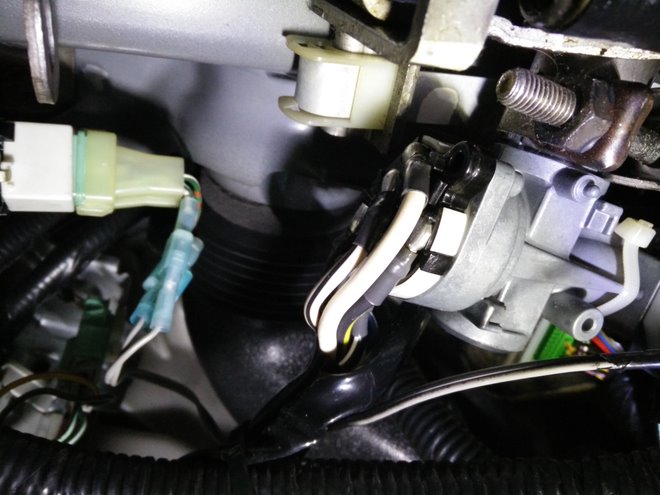
Me taking a selfie under the car. Being cramped and sweaty and upside down was not fun, but it was a great learning experience.
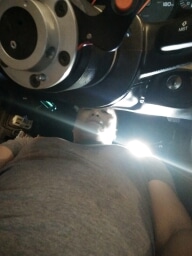
The switch after prying the mating barbs open. Was quite difficult but you really don't have to be that delicate:
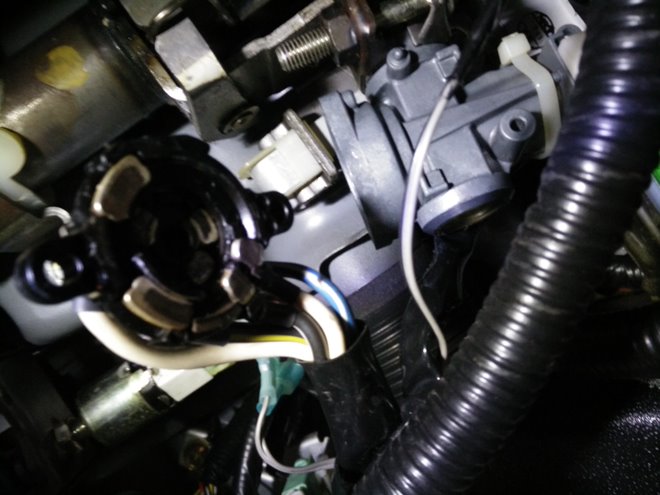
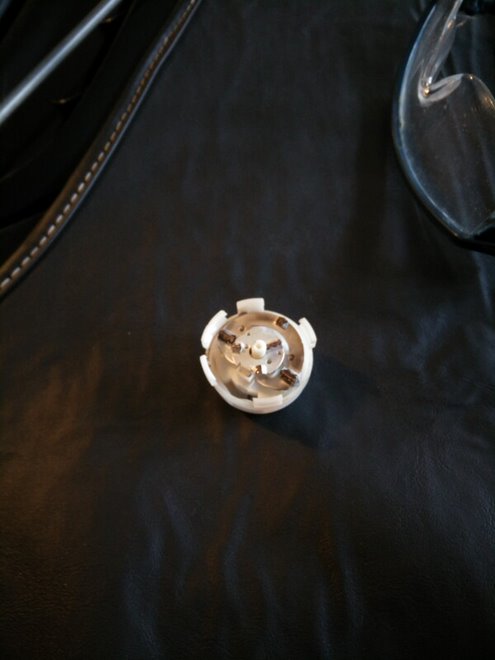
After cleaning with alcohol:
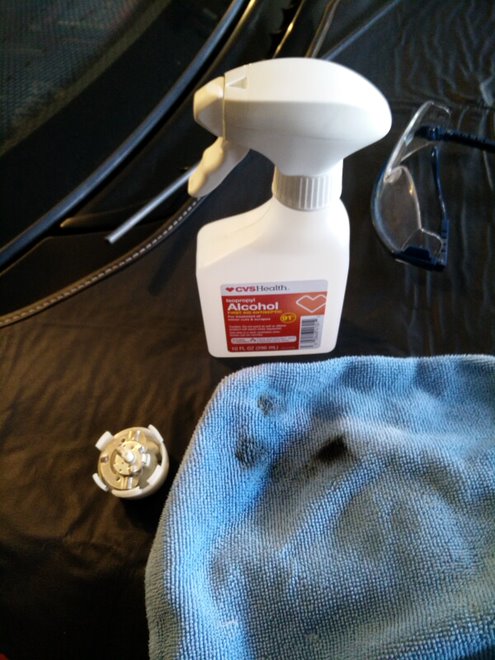
Placed dielectric grease on the contacts for both parts (I think this was wrong):
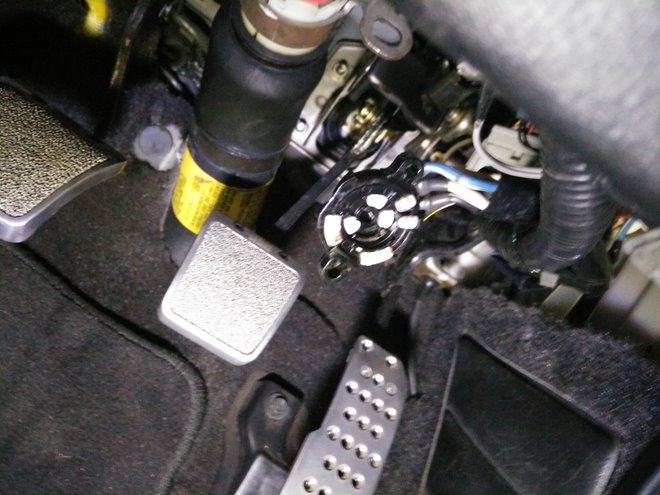
3. Put it back together, ran it. The car would turn but would die immediately after. If I held the key while turning, it would stay on. I even got it to stay on if I put some gas into it. I figured the grease was a stupid idea.
4. Did it all over again (on a different day) but cleaned the contacts with alcohol and reinstalled it. Worked fine.
Was I not supposed to use grease in that manner? Next time this starts causing problems I may just replace it. Cleaning it was fine but let's see how long the cleaning lasts.
<strike></strike>
1. Car sometimes does not start: turning the key does not crank or dim the lights, you just hear a click.
2. I figured it was the ignition switch, so I pulled it out and gave it a clean according to wiki.
Easily found the part after taking the cover under the steering column off. The hard part was inverting myself underneath there. This also gave me a headache so I wouldn't mind paying someone to do it next time:
Me taking a selfie under the car. Being cramped and sweaty and upside down was not fun, but it was a great learning experience.
The switch after prying the mating barbs open. Was quite difficult but you really don't have to be that delicate:
After cleaning with alcohol:
Placed dielectric grease on the contacts for both parts (I think this was wrong):
3. Put it back together, ran it. The car would turn but would die immediately after. If I held the key while turning, it would stay on. I even got it to stay on if I put some gas into it. I figured the grease was a stupid idea.
4. Did it all over again (on a different day) but cleaned the contacts with alcohol and reinstalled it. Worked fine.
Was I not supposed to use grease in that manner? Next time this starts causing problems I may just replace it. Cleaning it was fine but let's see how long the cleaning lasts.
<strike></strike>




